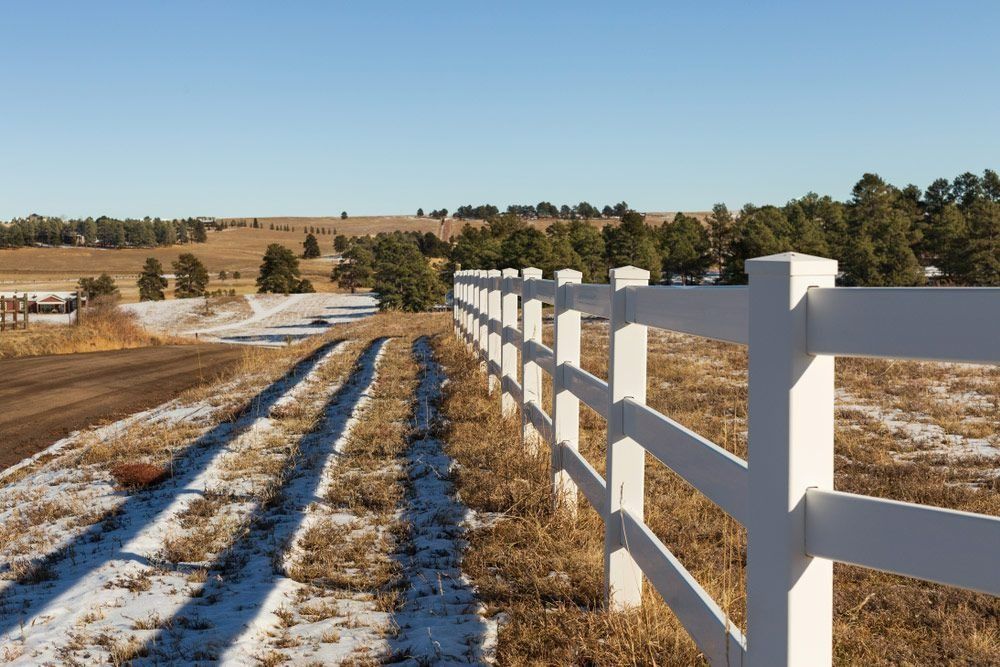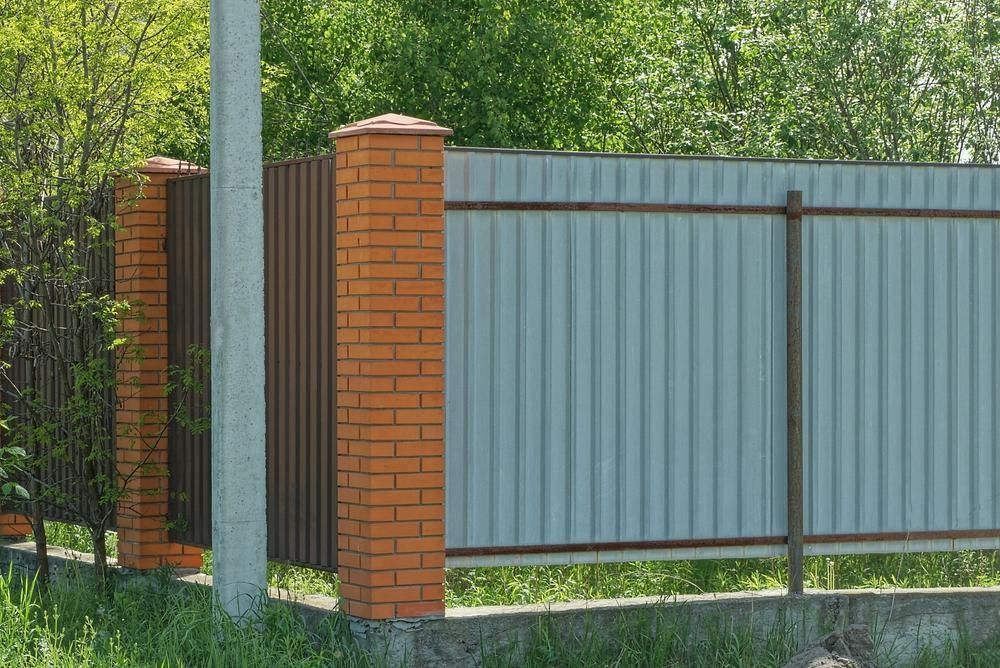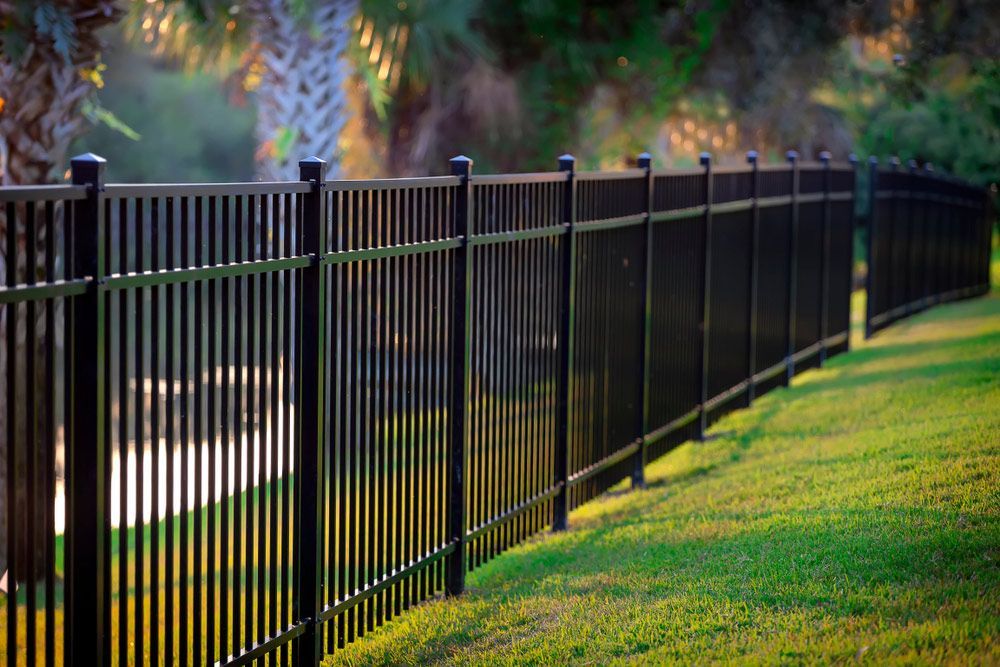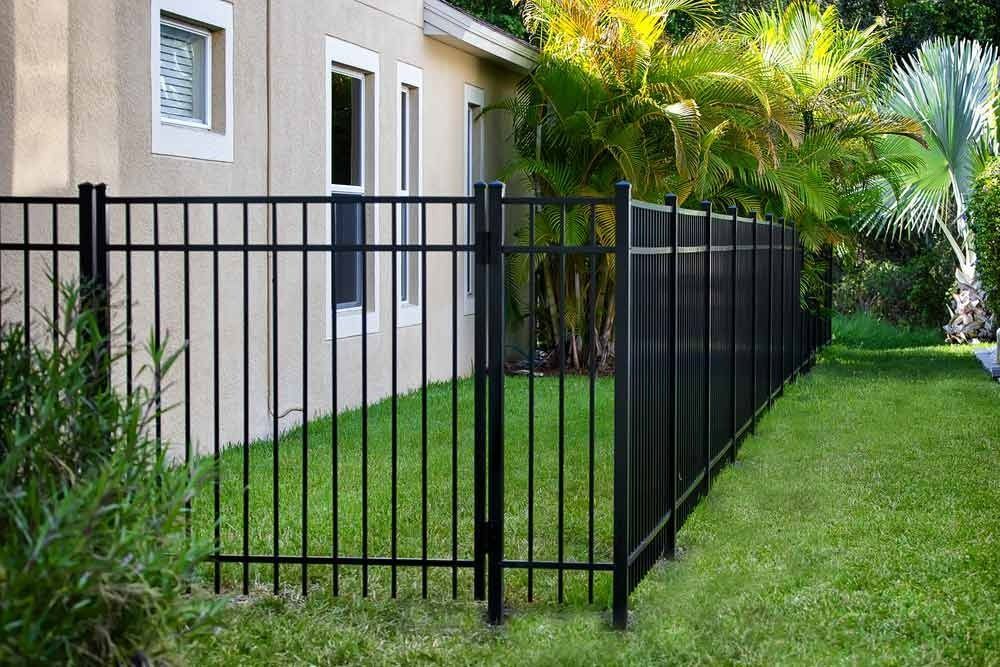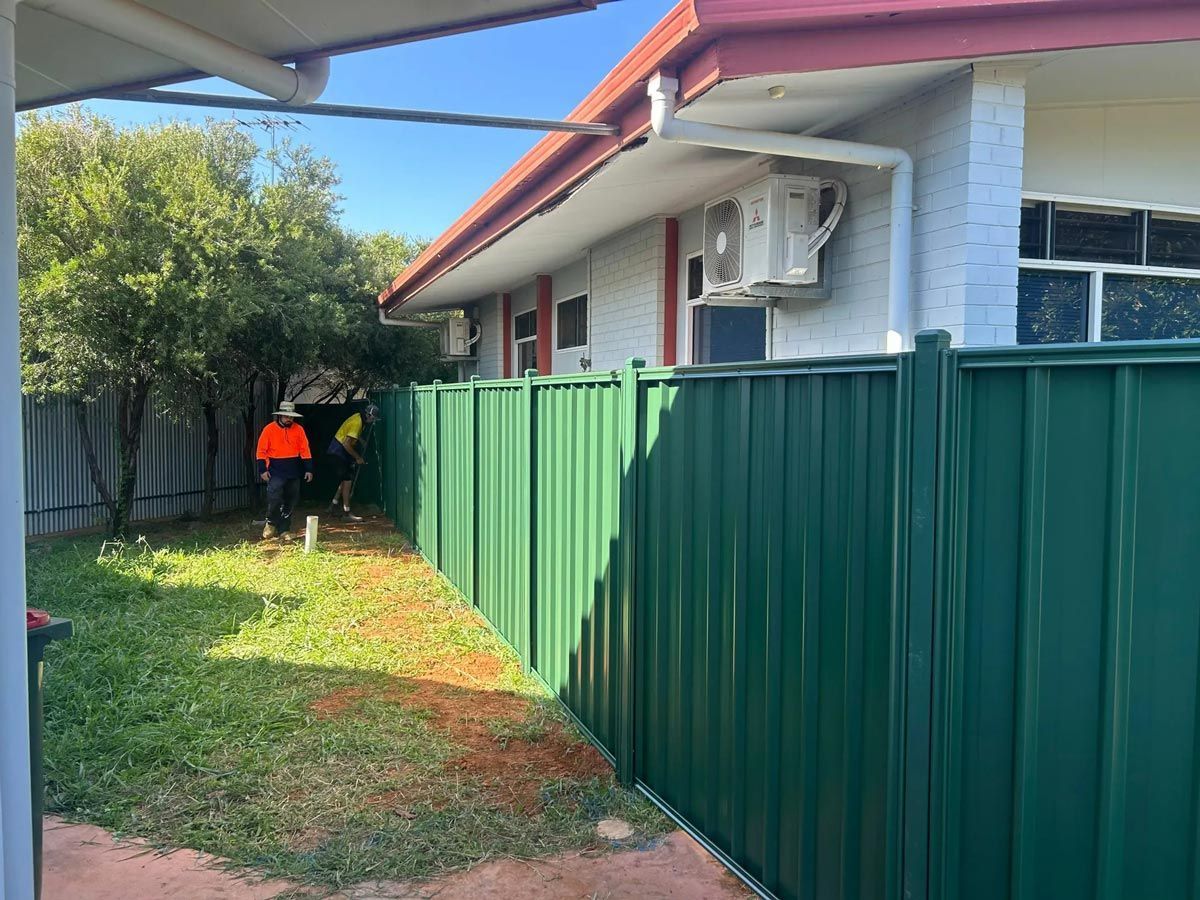How Can Rural Fencing Contribute To Sustainable Agriculture?
In the wide rural areas of Australia, where agriculture is a key economic driver and shapes the landscape, the significance of fencing extends beyond its basic functions of marking boundaries and containing livestock. Strategic fencing plays a vital role in promoting sustainable agriculture and effective land management. By thoughtfully designing and installing fences, farmers and landowners can support healthy ecosystems, manage livestock more efficiently and embrace sustainable practices. These actions not only help protect the environment but also boost agricultural productivity.
Enhancing Ecosystems with Strategic Fencing Solutions
The delicate balance of Australia's ecosystems requires a thoughtful approach to fencing that goes beyond the traditional. A fence contractor skilled in designing and implementing solutions can significantly contribute to biodiversity and ecosystem health, particularly on agricultural lands.
- Strategic Placement: Positioning fences to shield native habitats and species while supporting farming. This involves creating wildlife corridors and protecting sensitive areas from livestock.
- Material Choices: Choosing eco-friendly materials that don't harm local plant and animal life, thus maintaining the health of the ecosystem.
Benefits of strategic fencing include:
- Protection of native species and their habitats
- Reduction in soil erosion and improved water quality
- Enhanced biodiversity, contributing to healthier and more resilient ecosystems
The Role of Fences in Effective Rotational Grazing Systems
Rotational grazing is a practice that, when implemented correctly, can revolutionise the health of soil, plant growth and livestock welfare. By subdividing pastures with fencing, a contractor can facilitate this sustainable farming practice, ensuring livestock are moved to fresh areas before overgrazing occurs.
This method has numerous benefits:
- Soil Health: Rotational grazing prevents soil compaction, allowing for better water infiltration and nutrient cycling.
- Plant Growth: By giving areas time to recover, plant growth is more robust, supporting a diverse range of species.
- Livestock Welfare: Livestock benefit from access to fresh forage, which can improve health and reduce the need for supplementary feed.
Sustainable Materials and Practices for Rural Fencing
The commitment to sustainability extends to the materials and construction practices used in rural fencing. Fence contractors are turning to innovative solutions that minimise environmental impact while still providing durable and effective boundaries.
- Locally Sourced Materials: Using materials sourced from local environments reduces transportation emissions and supports local economies.
- Eco-Friendly Materials: Options such as recycled plastic posts or sustainably harvested wood offer alternatives that are both environmentally friendly and durable.
- Reduced Soil Disruption: Techniques that minimise soil disturbance help to preserve the land's integrity, preventing erosion and loss of native vegetation.
These practices underscore the commitment to sustainability, demonstrating that it is possible to meet agricultural needs without compromising the health of our planet.
Partner with Us for Sustainable Fencing Solutions
At Rabbo's Fencing, we understand the critical role that fencing plays in sustainable agriculture and land management. Our commitment to providing strategic rural fencing solutions in Darwin designed with both productivity and environmental conservation in mind sets us apart. We invite you to get in touch via our contact page or give us a call for more information on Rural fencing in Darwin.
